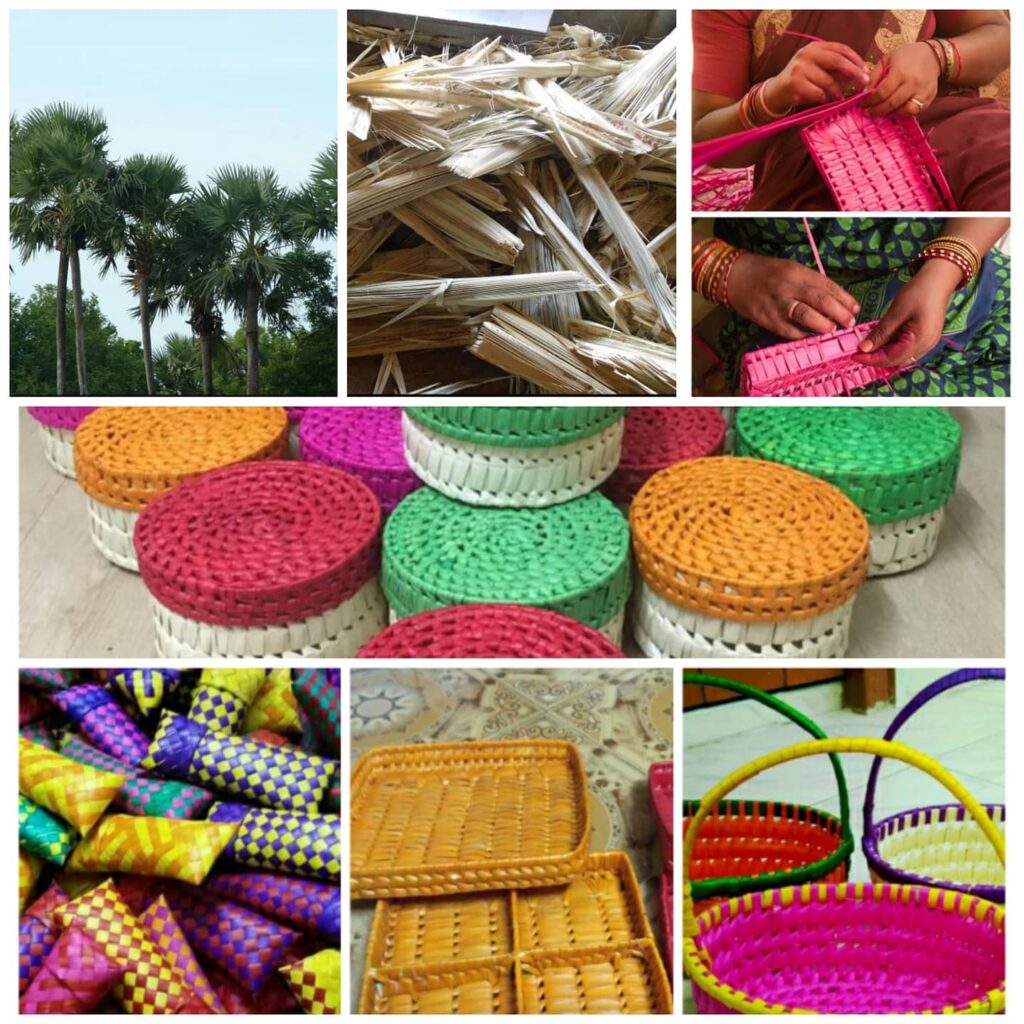In our day to day life, palm trees forms an integral part through our interaction with it’s products either directly or indirectly.
With over 2,500 species of palms worldwide, its lineage has been traced to regions of India, Northern Africa, regions of South East Asia and the South Pacific Islands.
Palm trees are used to produce oil, lumber, woven materials, multiple food sources, drinks, cosmetics, soaps and toothpaste manufacture.
However did you know that the in the near future palm tree may be extinct?
We need to use all the tools at our disposal to generate rapid and robust assessment
Dr. Steven Bachman
According to Royal Botanic Gardens, Kew, a London based botanical research centre palm trees risk extinction following interactions with human beings.
The research was done by Species Conservation Leader Dr. Steven Bachman and a team from University of Zurich and University of Amsterdam.
The report
According to the report, out of a sample of 1900 palm trees, 1000 are threatened with extinction.
The tree have been used to provide building materials such as making thatched house rooftop, mats and chairs which are sold to earn a living.

The report further reveals “Scientists are concerned about extinction risks to lesser-known wild relatives of popular ornamental or commercially grown palms.”
Palm tree family is found across 227 regions, Africa being one of them.
What Next
The researchers concluded that there was more work that still needed to be done to help avoid extinction of the palm trees.
”We need to use all the tools at our disposal to generate rapid and robust assessment,” said Dr. Bachman.
He further notes that there is need to prioritize conservation activity in the countries where they are more at risk.
With over 1000 species threatened, the report designated Philippines, Jamaica, Vietnam, Madagascar and New Guinea as priority regions for heightened measures of conservation
